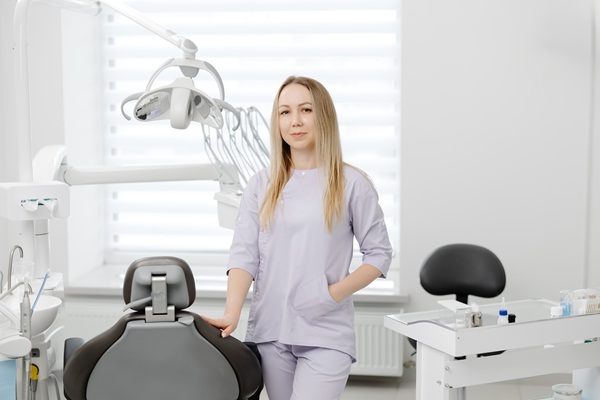Invisalign® vs. Veneers

Understanding the pros and cons of Invisalign® and veneers is an important first step to deciding which treatment option is right for you. Many are familiar with Invisalign for a straighter smile, but fewer have heard of veneers for orthodontic treatment. This review offers insights into Invisalign and veneers as it relates to correcting teeth alignment concerns.
A discussion of Invisalign® and veneers
Invisalign and veneers may both be available treatment options in patients who have minor teeth alignment concerns. They both offer unique benefits, although one is often a better option than the other depending on the specifics of the patient’s treatment needs and goals.
Invisalign® explained
Invisalign is one of the most popular and most trusted brands of clear aligners treatment. Treatment involves the patient wearing customized aligners over teeth, which slowly pull and push teeth until the ideal alignment is achieved. They typically are used to fit mild to moderate instances of misaligned teeth, overcrowding, protruding teeth, teeth gaps and jaw misalignments. Many patients prefer Invisalign aligners over other treatment methods due to the transparency of the aligners and the ability to remove them whenever it is necessary to do so.
Dental veneers explained
Dental veneers are layers of porcelain that are custom-crafted and applied to the visible surface of teeth. They differ from Invisalign as they do not actually shift teeth into a different alignment. Instead, dental veneers can fix minor alignment concerns by altering the size and shape of a tooth. They can also fix issues of gaps between teeth as well. However, they are not ideal for more severe misalignments as they do not shift teeth into a different position. Dental veneers treatment is much faster than Invisalign treatment, and the entire process typically only takes around a month.
How the treatment process works
The treatment process for Invisalign and veneers is very different. With Invisalign, the process involves taking a dental impression, creating the custom Invisalign aligners, wearing the aligners 20 to 22 hours a day and receiving new aligners periodically until the patient reaches the ideal alignment. Dental veneers are simpler, and it involves preparing the tooth (which may involve removing a small amount of enamel), customizing the veneers in a laboratory and a non-invasive placement procedure once the veneers arrive back to the dentist.
How to choose the best option
You can decide the best option by discussing both Invisalign and veneers with a dentist. In general, Invisalign is ideal for patients with a mild to moderate misalignment that requires the pulling and pushing of teeth to reach the ideal alignment. For minor orthodontic concerns that do not require straightening the teeth, veneers may be an option. There is no one answer to which option is the best, as the needs and preferences of each patient are unique.
Discuss Invisalign® with an experienced dental professional
If you would like to discuss Invisalign treatment with a dental professional, contact our dental office. We help Invisalign patients through the treatment process, ensuring all of your questions and concerns are addressed along the way.
Request an appointment here: https://cissdental.com or call CISS Dental & Orthodontics at (469) 656-5002 for an appointment in our Plano office.
Check out what others are saying about our dental services on Yelp: Invisalign in Plano, TX.
Recent Posts
Invisalign® is one of the most popular ways to undergo teeth straightening treatment. However, with that being said, it is still crucial to maintain good oral hygiene throughout the process. Keep reading to find out what a general dentist has to say about brushing and flossing. Outlined below are a few tips on brushing and flossing…
Invisalign® offers benefits that traditional braces and other methods of teeth straightening do not. The clear aligner treatment system is a convenient, comfortable and discreet treatment option that allows patients with mild to moderate teeth alignment concerns to achieve a more attractive smile that makes them proud. Every patient has their own reasons for considering and…
Invisalign® is a popular way to straighten teeth that are crooked, crowded, or gapped. Additionally, it is a good option for very minor bite issues, such as over or underbites. However, more involved orthodontic problems may require alternative treatments. Thankfully, the Invisalign® technology has improved over the years, which has allowed for the treatment to be…
Invisalign® has become a popular choice among adult and teenage patients. Unlike traditional methods of teeth straightening, Invisalign® offers patients an array of benefits, including an easy treatment process and flexibility. One common question that comes up when considering teeth straightening is whether patients should visit an orthodontist or general dentist for treatment. Each patient is…


